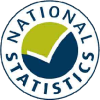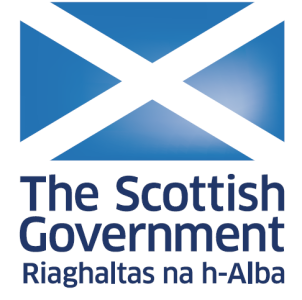Higher Education Student Statistics: UK, 2019/20 - Qualifications achieved
Statistical Bulletin SB258

Release date
27 January 2021, 9:30
Coverage
UK
Release frequency
Annual - view all releases (1998/99 onwards)
Themes
Children, education and skills
Issued by
HESA, 95 Promenade, Cheltenham, GL50 1HZ
Press enquiries
+44 (0) 1242 388 513 (option 6), [email protected]
Public enquiries
+44 (0) 1242 388 513 (option 2), [email protected]
Statistician
Rebecca Mantle
Pre-release access
View pre-release access list for this release





